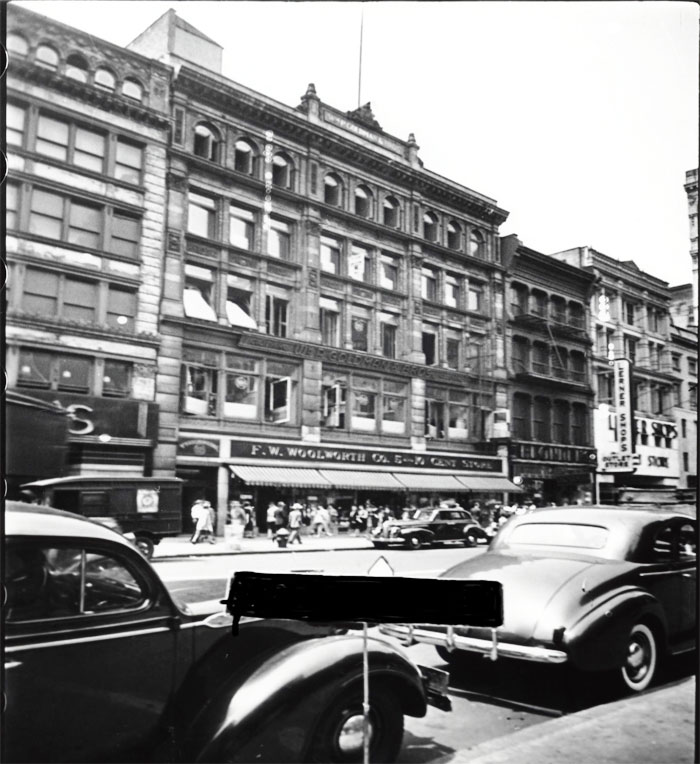From Eater.com:
The big former space of iconic Union Square diner the Coffee Shop will soon be split into four new retail spaces — three of which will be reserved for new restaurants, according to the property manager.
No leases have been signed yet, writes Eric Gural, executive managing director of Newmark Knight Frank, who would not comment on rumors that Chase Bank is a potential option to take over the space. Another source associated with the property confirmed that Chase Bank is in talks to take over the non-restaurant space, though he also said it is not final.
Brazilian-ish restaurant Coffee Shop, known for its fashionable staff and cultural gravitas via appearances on shows like Sex and the City, closed earlier this month after nearly 30 years at the corner of 16th Street and Union Square West. It was a trailblazer when it opened in 1990 and became a popular spot for celebrities, tourists, and locals seeking a place near the transit hub, particularly because its huge neon sign made it an easy landmark.
Owners said this summer that the restaurant had to close in part due to high rents, but Gural notes that there is still time on the restaurant lease, contesting that the departure was because of a rent hike.
Number one advocate of old New York Jeremiah Moss first posted the rumor that Chase Bank might replace Coffee Shop, calling it “yet another example of New York City soul snatching.” Besides the new tenancy, a tipster told him that the Coffee Shop sign might be redone to say “Chase”; Gural did not comment on this rumor. Incidentally, the tenant before Coffee Shop was an actual coffee shop called Chase, and Coffee Shop got its name from Chase’s neon sign, which it kept

